As restaurant owners, profit margins and higher revenues are constant top of mind topics. But let’s not neglect another important aspect that also affects your bottom line – kitchen and restaurant waste management.
In Singapore, food waste accounts for about 12% of the total waste generated, of which only 19% is recycled1. As a restaurant owner, you have the power to implement effective waste reduction strategies and contribute to a more sustainable future.
In this article, we will discuss 5 tips for managing kitchen and restaurant waste effectively, helping you save money and costs while protecting the environment.
What is kitchen and restaurant waste?
Before we dive into the different tips, let’s define what kitchen and restaurant waste are.
Kitchen waste can encompass a wide range of materials2, including items such as plastic containers, paper bags, and cardboard boxes that are used for storing and transporting food. Other common examples of restaurant kitchen waste may include faulty equipment, drink cans, and disposable bottles, among others.
Restaurant food waste is also a part of kitchen waste. It refers to any leftover or unused food, trimmings, or spoilage generated during food preparation and cooking in restaurants3.
How can restaurants manage waste?
While we understand that food and restaurant wastage is unavoidable to a certain extent, these 5 tips can help you establish a more efficient waste management system.
Tip 1: Staff Training
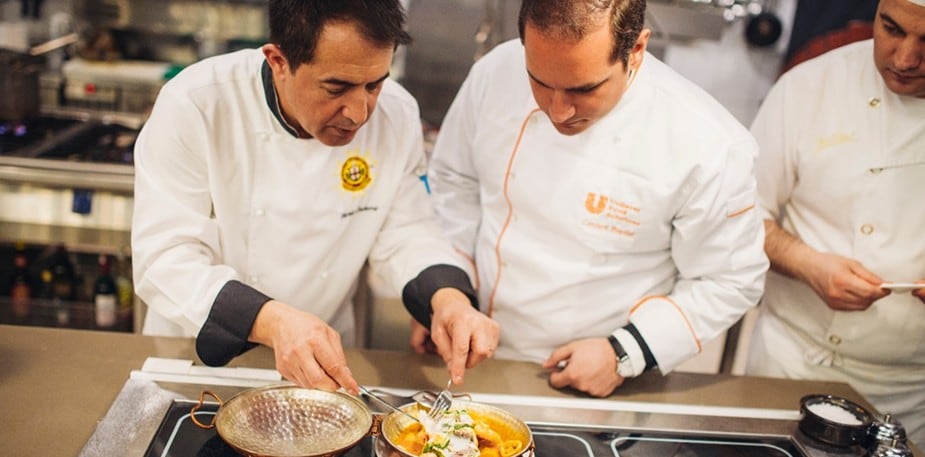
One of the most essential steps in managing restaurant waste is to ensure that all staff undergo proper and thorough training.
This training should focus not only on disposables and food waste management, but also on environmental waste reduction.
Here are some waste management tips for training your staff4:
- Educate your staff on the importance of waste reduction and the impact that food and environmental waste has on the business, community, and the planet.
- Train your staff to follow a set of standard procedures; ensure that chefs are using the right amount of ingredients, and food portions are regulated to minimize over-serving.
- Instruct your staff on proper disposal techniques, including recycling and composting. Provide designated bins that are clearly labeled for different types of waste.
- Remind your staff to turn off lights, equipment, and taps when not in use to conserve energy and reduce water waste.
- Ensure that a formal duty roster is in effect and that a member of staff is assigned at any one time for waste and inventory check. Implementing a duty roster via a POS system helps keep track of progress while reducing waste of having a physical roster.
Tip 2: Recycling
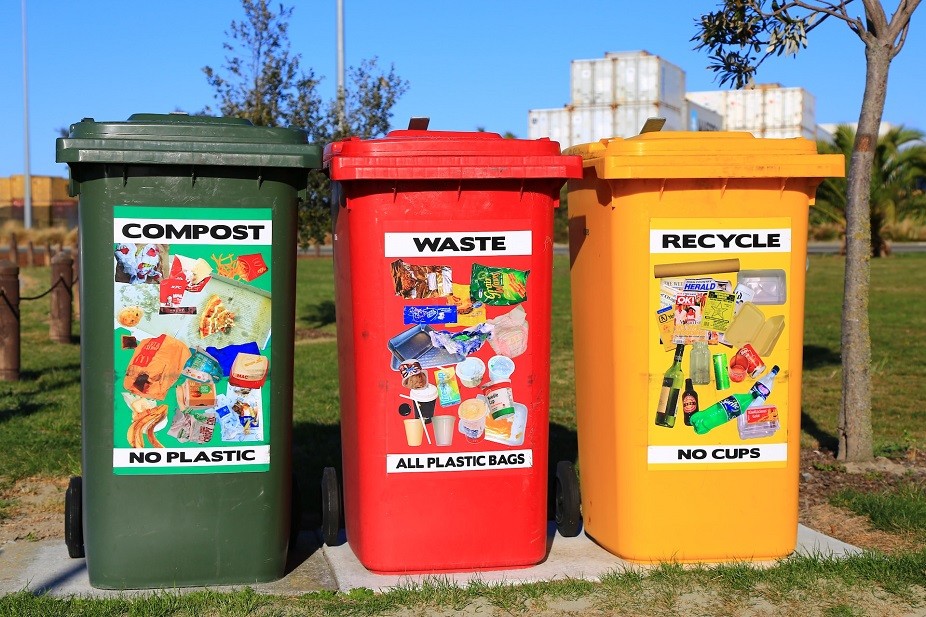
Waste Recycling
To effectively recycle in a restaurant kitchen, it is crucial to set up a recycling program that is easy to use and accessible to all staff members. This includes providing designated recycling bins for different materials, such as plastics, paper, glass, and aluminum. These recycling bins should also be clearly labeled for easy identification5.
Besides providing the resources, it is equally important to train your staff on what items can or cannot be recycled, and how these disposables should be handled. Not all waste items can be recycled even if they are made of glass, plastic, or paper. For example, soiled pizza boxes and used straws should be discarded as waste and not recycled. Similarly, glass bottles should be rinsed and dried before recycling6.
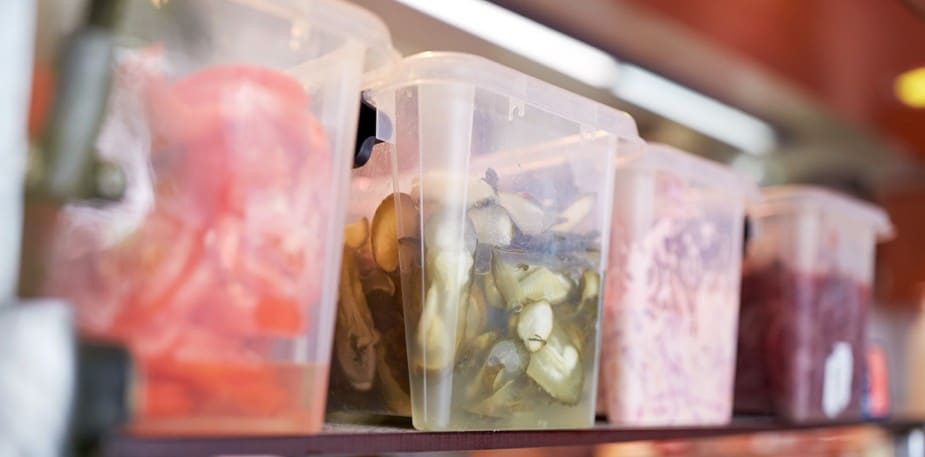
Food Recycling
Recycling also includes food waste recycling during the food production phase. This encompasses recycling organic waste like food scraps and other compostable materials. Try implementing a composting program which can turn food scraps and other organic materials into nutrient-rich soil for gardening or farming7.
Aside from composting, you can try innovative ways of recycling food waste like using up your vegetable trimmings to make vegetable stock, use coffee grounds as fertiliser for your compost or make croutons using leftover bread8.
Tip 3: Conduct Regular Stock/Inventory Checks
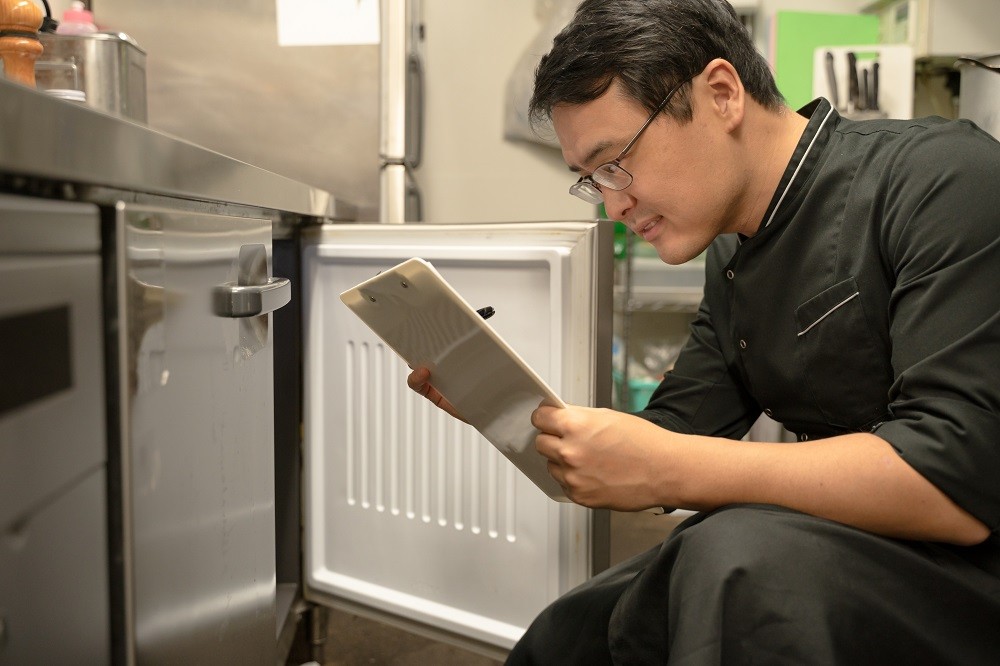
A critical step in kitchen waste management is conducting regular stock/inventory checks. By ensuring that you only order necessary food items from suppliers, you can reduce kitchen and food waste, and save costs.
Here are some stock/inventory checks you can implement in your business9:
- Create a spreadsheet or inventory management software to track food items, quantities, and expiration dates.
- Adjust ordering practices based on inventory levels and customer demands.
- Use a first-in, first-out (FIFO) method for food storage to ensure that older items are used before newer ones.
- Monitor food waste to identify areas where over-ordering or spoilage may occur.
- To avoid spoilage of perishable items, consider using stocks and seasonings to enhance the flavour of your dishes. Knorr Chicken Seasoning Power contains less sodium and no added preservatives while maintaining the taste of real chicken.
- Food storage tips such as storing food items properly in appropriate containers and at optimum temperatures to ensure their longevity and reduce spoilage10.
- Train staff on proper inventory management techniques and have them assist with regular inventory checks.
Tip 4: Reduce Disposables
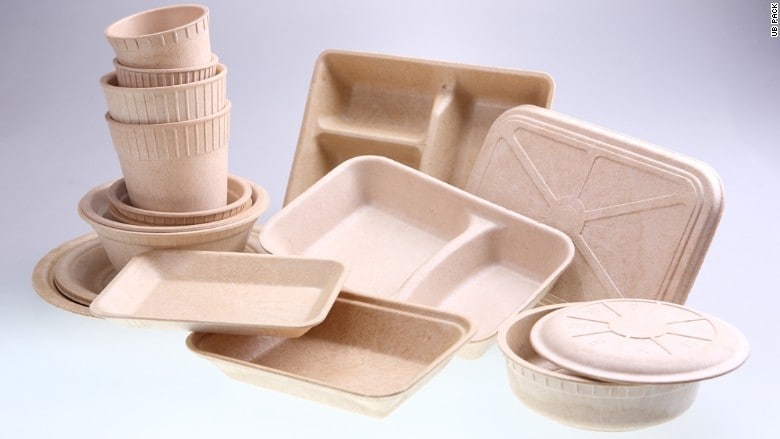
Reducing disposables in your operations can have a significant impact on reducing restaurant waste, and increasing sustainability efforts.
A simple way would be to encourage your customers to order a smaller portion if they are unable to finish the meal11, or incentivise them by charging less if they request for less rice12. Learning how to upsell small plates such as appetisers and side dishes can also add diversity to your guests’ table while keep portions manageable and reducing leftovers.
However, the best way is still to reduce disposables as much as possible. Here are some examples13:
- Charge a nominal fee for takeaway boxes to discourage overordering.
- Encourage your customers to bring their own takeaway containers by offering a small discount for being environmentally friendly.
- Switch to environmentally friendly takeaway boxes, which are made from materials that are biodegradable and compostable.
- Choose to use paper bags instead of plastic.
- Exclude disposable cutleries unless a customer specifically requests for it.
Tip 5: Conduct a waste audit
Peering into the trash cans of a restaurant may not seem like the most glamorous task, but conducting a waste audit can reveal hidden treasures of cost savings and sustainability practices14.
A waste audit is essentially a process of identifying and analyzing the types and quantities of waste generated by a restaurant15.
Here’s how you can conduct a waste audit16:
- Identify the types of waste generated: Start by separating waste into different categories, such as food waste, plastics, and paper, to get an idea of what types of waste are being generated.
- Weigh and measure the waste: Collect and weigh each category of waste over a specific period, such as a month, to get an accurate picture of the amount of waste generated.
- Analyze the data: Use the data collected to identify patterns, such as peak times of waste generation, the types and quantities of food waste (e.g. vegetable trimmings, chicken/fish bones) generated at each stage, and areas where waste reduction efforts can be implemented. You can also use the data to identify the reasons for the food waste (e.g. whether it is excess food from over-production, or food that has gone bad due to poor inventory management etc.)
- Develop a waste reduction plan: Use the findings from the audit to develop a plan for reducing waste, such as implementing composting programs or reducing the use of disposables.
By conducting a waste audit, restaurants can develop an effective waste management plan tailored to their specific needs.
By implementing tips such as staff training, recycling, regular stock checks, reducing disposables, and conducting a waste audit, restaurants can improve waste management practices, improve cost savings, and contribute to a more sustainable future.
Like a well-oiled machine, everyone in the restaurant has a part to play to have a successful waste management, and it starts with small, intentional actions.
Together, we can create a better world, one meal at a time.
References
- https://www.nea.gov.sg/our-services/waste-management/3r-programmes-and-resources/food-waste-management
- https://www.businesswaste.co.uk/kitchen-waste-disposal/#1
- https://www.posist.com/restaurant-times/singapore/kitchen-waste-management-singapore-restaurants.html
- https://cdn2.hubspot.net/hubfs/650776/Staff%20Engagement%20Guide%20Rebranded/Staff%20Engagement%20Guide.pdf?t=1541087508222
- https://www.mahoneyes.com/blog/restaurant-food-waste-recycling/
- https://www.channelnewsasia.com/singapore/what-can-be-recycled-plastic-paper-glass-metal-recycling-bin-box-tips-nea-3100521
- https://www.lifestyleasia.com/sg/dining/food/going-green-how-hotels-and-restaurants-manage-food-waste-in-singapore/
- https://www.healthline.com/nutrition/uses-for-food-scraps
- https://pos.toasttab.com/blog/on-the-line/reduce-food-waste
- https://www.nea.gov.sg/our-services/waste-management/3r-programmes-and-resources/waste-minimisation-and-recycling/at-work
- https://www.unileverfoodsolutions.com.sg/en/chef-inspiration/sustainability/real-cost-food-waste-reduce-food-waste.html
- https://www.unileverfoodsolutions.com.sg/en/chef-inspiration/restaurant-management/optimising-small-restaurant-kitchen-spaces.html
- https://www.straitstimes.com/life/food/fb-firms-work-on-reducing-food-waste-and-disposables-amid-surge-in-deliveries
- https://www.engieimpact.com/insights/waste-audit-checklist
- https://www.hpca.gov/573/Waste-Audits
- https://www.sfa.gov.sg/docs/default-source/default-document-library/food-waste-minimisation-guidebook-for-retail-food-establishments.pdf